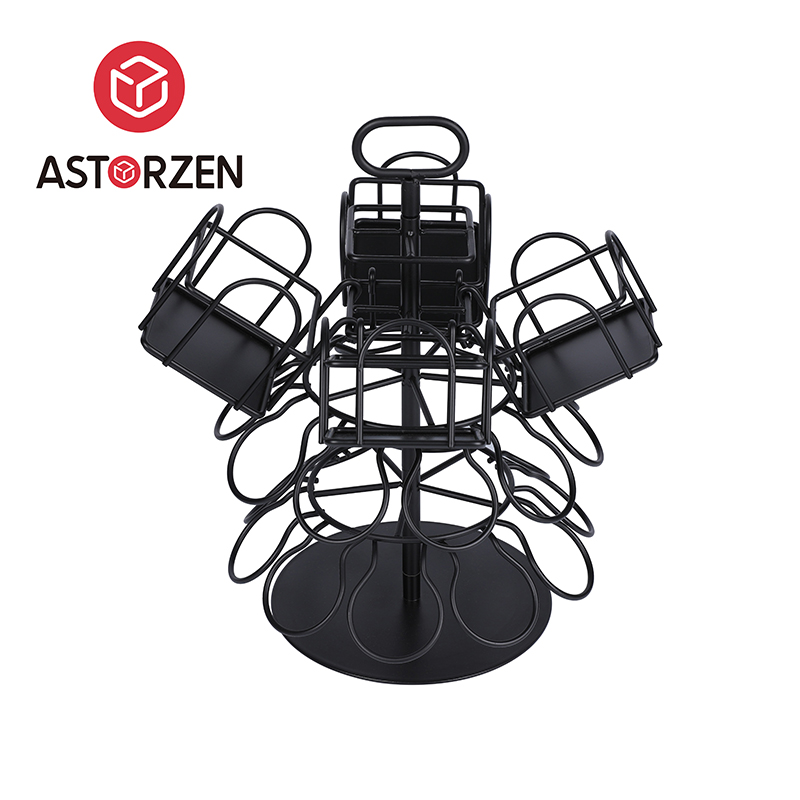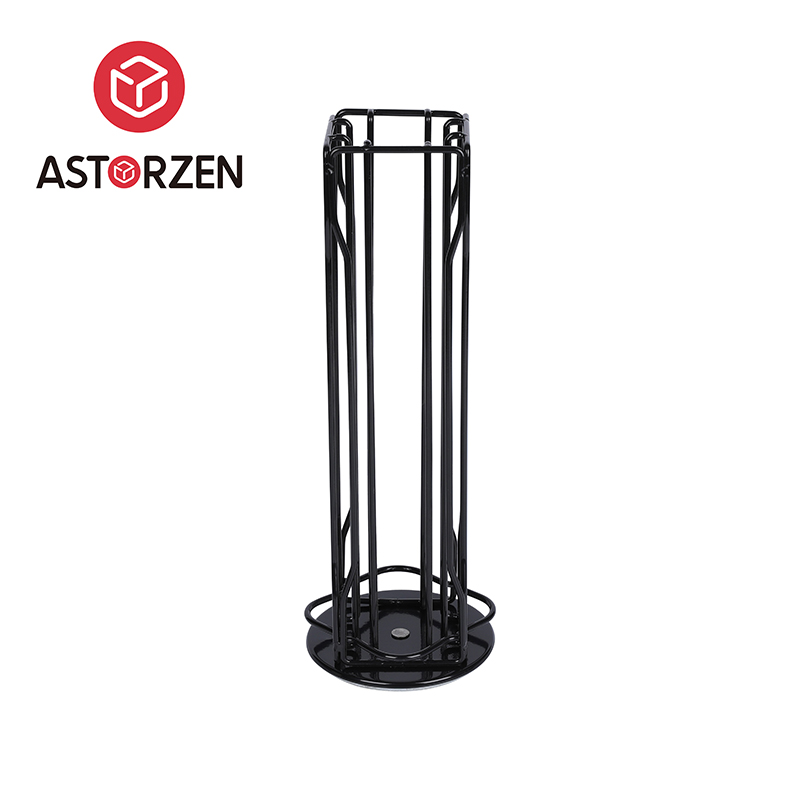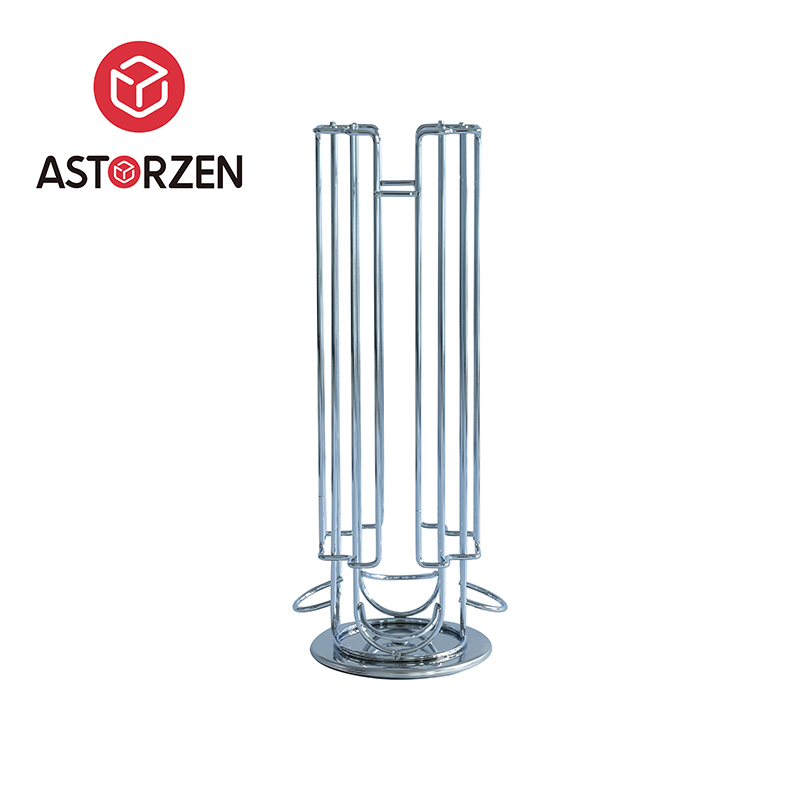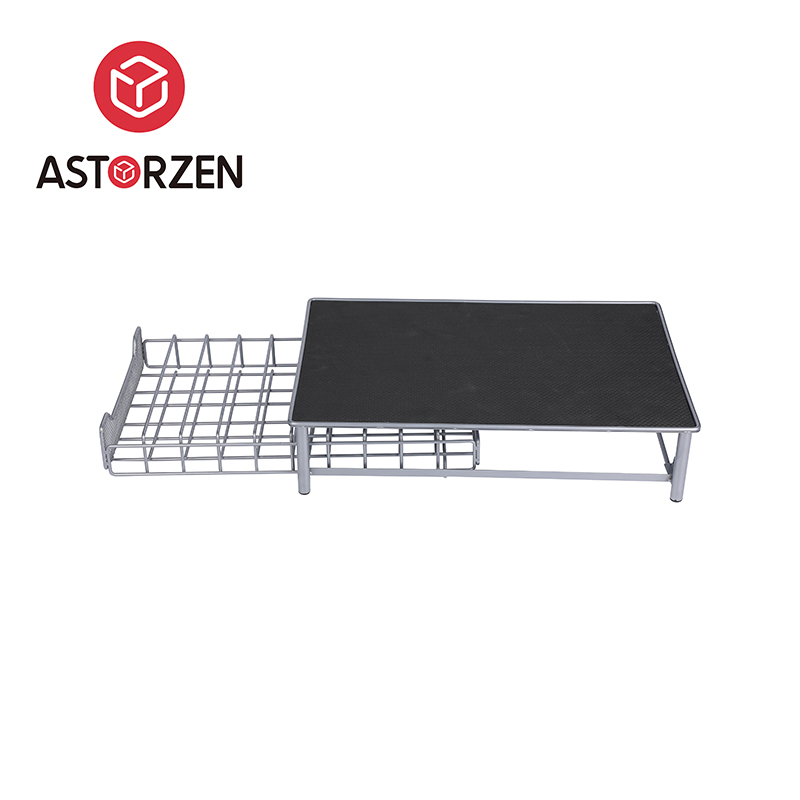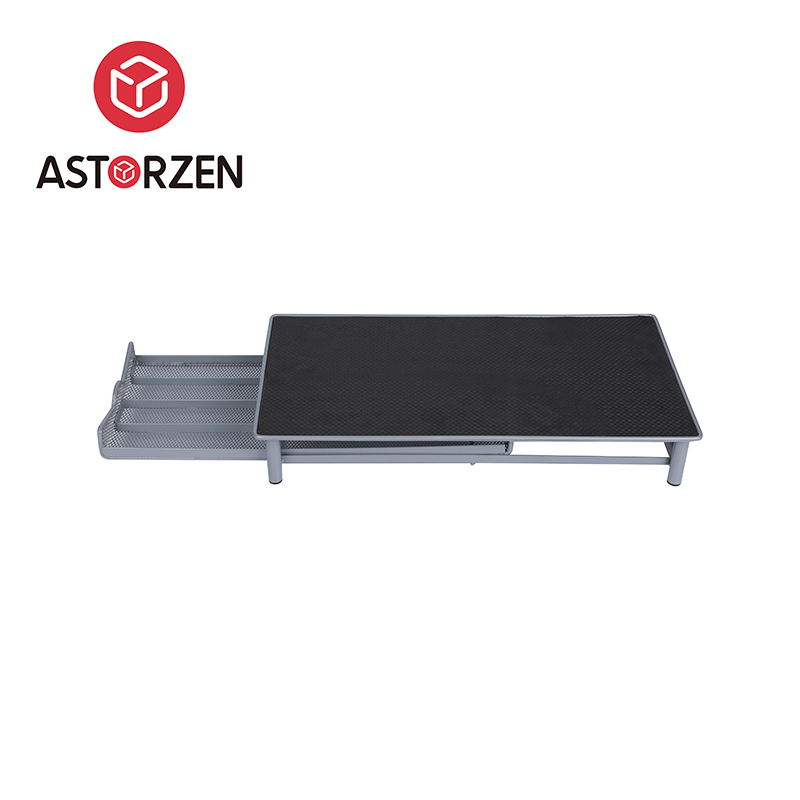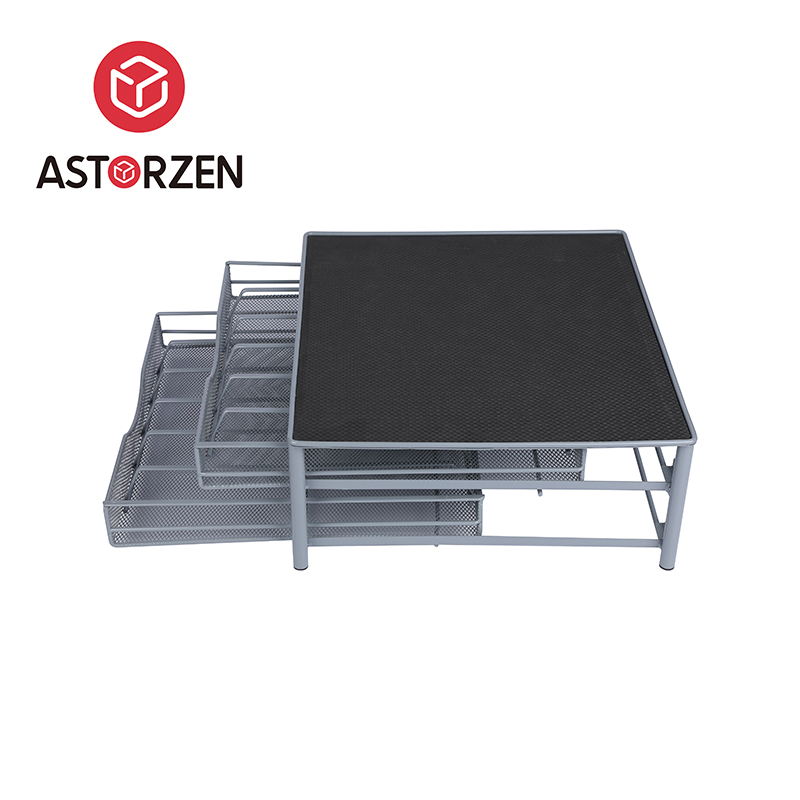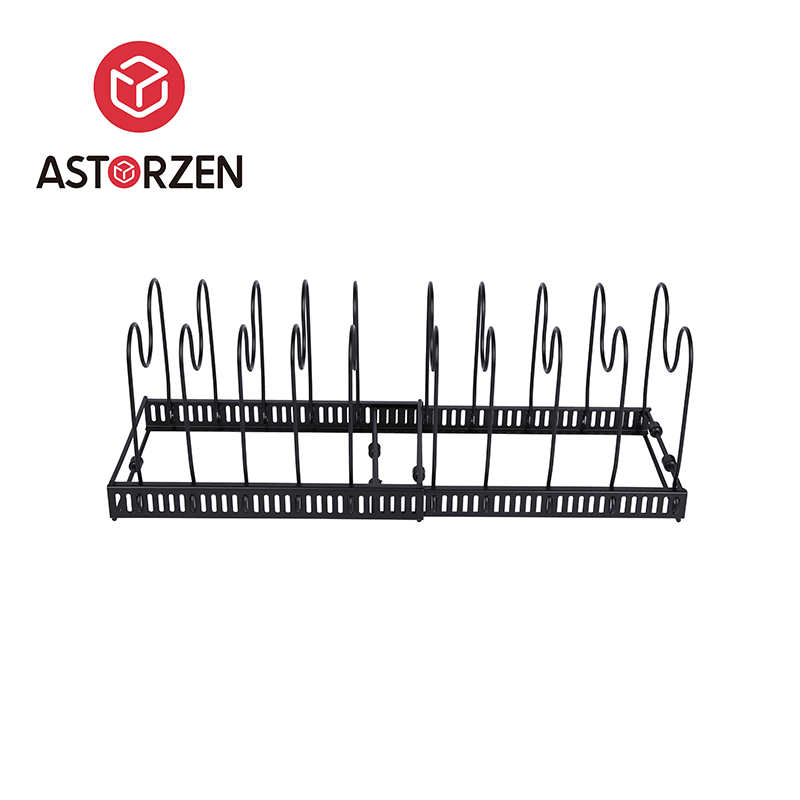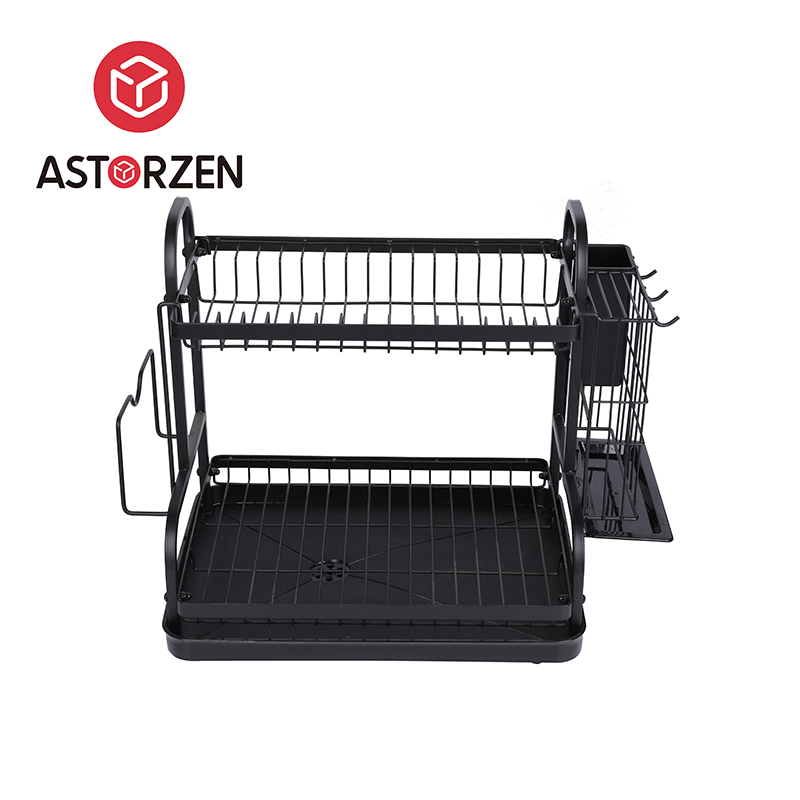When setting up or improving your storage solutions, you may often see the terms Clothes Rack and Garment Rack used interchangeably. But are they truly the same, or are there subtle differences you should know about?
1. Terminology and Common Usage
1.1 Are they the same?
In casual and even many retail contexts, clothes rack, garment rack, and clothing rack are often used synonymously. As explained in references on clothes rails, “a clothes rail … is known by various names such as garment rail, hanging rail, clothes rack or coat stand” That suggests there is overlap and the terms are somewhat interchangeable in everyday usage.
1.2 Perceived nuance
Garment rack often evokes something more display-oriented or for retail/showroom use: mobile, possibly with wheels, designed for flexibility.
Clothes rack feels more domestic, everyday: a place to hang regular wear, often more static or less “boutique” in feel.
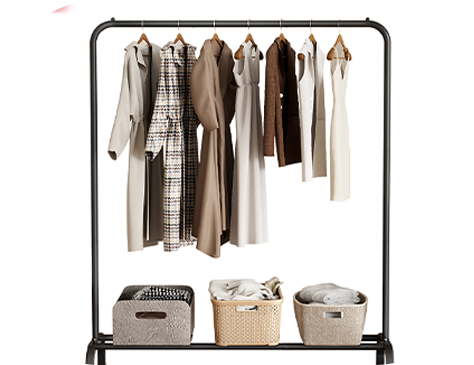
2. Key Differences to Consider
Even though the terms overlap, there are design and functional differences you can highlight when positioning your product line.
2.1 Mobility and Movement
Garment racks are often designed to be mobile: they include wheels or castors that allow them to move easily from one room to another. This is common in retail settings, pop-ups, or flexible wardrobe setups.
Clothes racks may be simpler and fixed (or freestanding but without wheels). For instance, a fixed wall-mounted clothes rack is stable and does not move. According to a comparison, “rolling garment racks may have stability issues … fixed clothing racks are more stable and robust”
When you market to users who might rearrange space frequently (for example, renters or fashion stylists), emphasizing wheel mobility is a selling point.
2.2 Load Capacity & Stability
Because of their mobile design, garment racks might sacrifice some stability or maximum load capacity (especially when wheels are involved). A rolling rack fully loaded can be prone to tipping if not well engineered. In contrast, a well-designed clothes rack with a solid base (fixed or heavier) might allow for heavier items. The same source notes that fixed racks “are designed to handle more weight”
Also, racks with double bars or reinforced frames may better support heavier loads—important for coats, winter garments, or bulk storage.
2.3 Aesthetic & Display Considerations
Garment racks often serve a dual role—storage + display—especially in boutique, studio, or showroom contexts. They may be designed to showcase clothing (with elegant lines, finishes, visible rods, open sides).
Clothes racks, while they may also be decorative, often emphasize practicality and everyday use. They might include simpler finishes, fewer frills, and more focus on durability.
2.4 Adjustability & Modular Features
Many garment racks come with adjustable heights or extendable arms to accommodate different garment lengths—think dresses, long coats, or short items. Some even collapse or fold. The guide “What Is a Garment Rack: Features & Guide to Choosing the Right Style” covers these types (adjustable, collapsible, etc.).
While clothes racks may also include adjustable features, they are less likely to offer dramatic flexibility, focusing instead on a solid everyday configuration.
2.5 Intended Use Environments
Garment racks are popular in fashion studios, bridal shops, pop-ups, or as supplementary racks in walk-in wardrobes.
Clothes racks are often used in bedrooms, hallways, laundry rooms, or guest rooms—places where you need extra hanging capacity but less emphasis on display.





 English
English 日本語
日本語 русский
русский عربى
عربى

